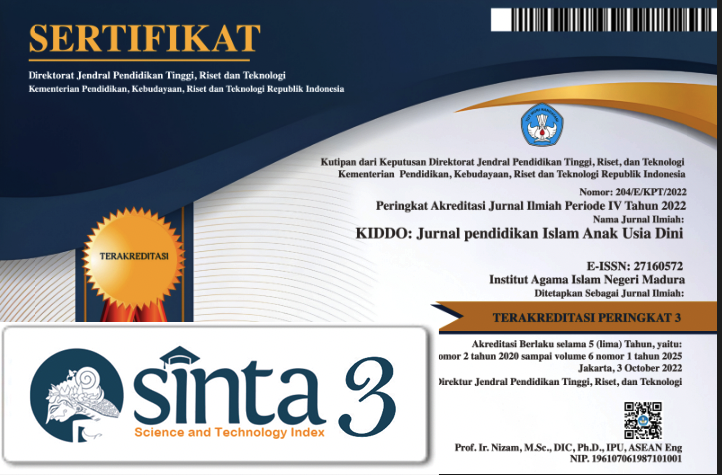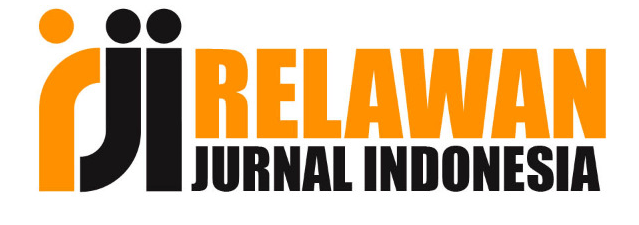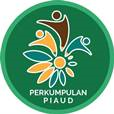Analisis Penataan Lingkungan Main Indoor yang Mendukung Kemampuan Problem Solving pada Anak
 Abstract views: 619
,
Abstract views: 619
,
 PDF downloads: 479
PDF downloads: 479
Abstract
The low ability of problem solving in children requires stimulation efforts in early childhood education, one of which is through the management of the maximum play environment that educators can do in optimizing problem solving abilities in children. The problem in this study is about the implementation of learning with a play environment that raises problem solving abilities in children aged 5-6 years. This research was conducted at the Center of Excellence Paud Taman Belia Candi, Semarang City. This type of research is qualitative research in descriptive form. Researchers use a naturalist approach, namely the presence of researchers directly in the field. This study discusses the analysis of indoor play environment that supports problem solving abilities in children aged 5-6 years. The results showed that the problem-solving ability of children aged 5-6 years could be improved through structuring the play environment in such a way as that at the Center of Excellence PAUD Taman Belia Candi Semarang. In order for children to achieve maximum development in the aspects of cognitive development in the scope of problem solving development, it is necessary to organize an environment that stimulates or invites children (inviting classroom), facilitates multi-sensory children and provides opportunities for activities for children. Based on the results of this study, the suggestion that can be conveyed is that in each learning process, the teacher can add knowledge and skills in arranging the indoor learning environment through various sources so that the center room is arranged in an optimal state for the learning process.
Downloads
-
The journal operates an Open Access policy under a Creative Commons 4.0 International license. The terms of the license are:
Share— copy and redistribute the material in any medium or format
Adapt— remix, transform, and build upon the material for any purpose, even commercially.
1. Authors retain copyright and grant the journal right of first publication with the work simultaneously licensed under a Creative Commons License.that allows others to share the work with an acknowledgement of the work’s authorship and initial publication in this journal
2. Authors are permitted and encouraged to post their work online (e.g., in institutional repositories or on their website) prior to and during the submission process, as it can lead to productive exchanges, as well as earlier and greater citation of published work (See The Effect of Open Access).
Jurnal Kiddo is licensed under a Creative Commons
n Access).














